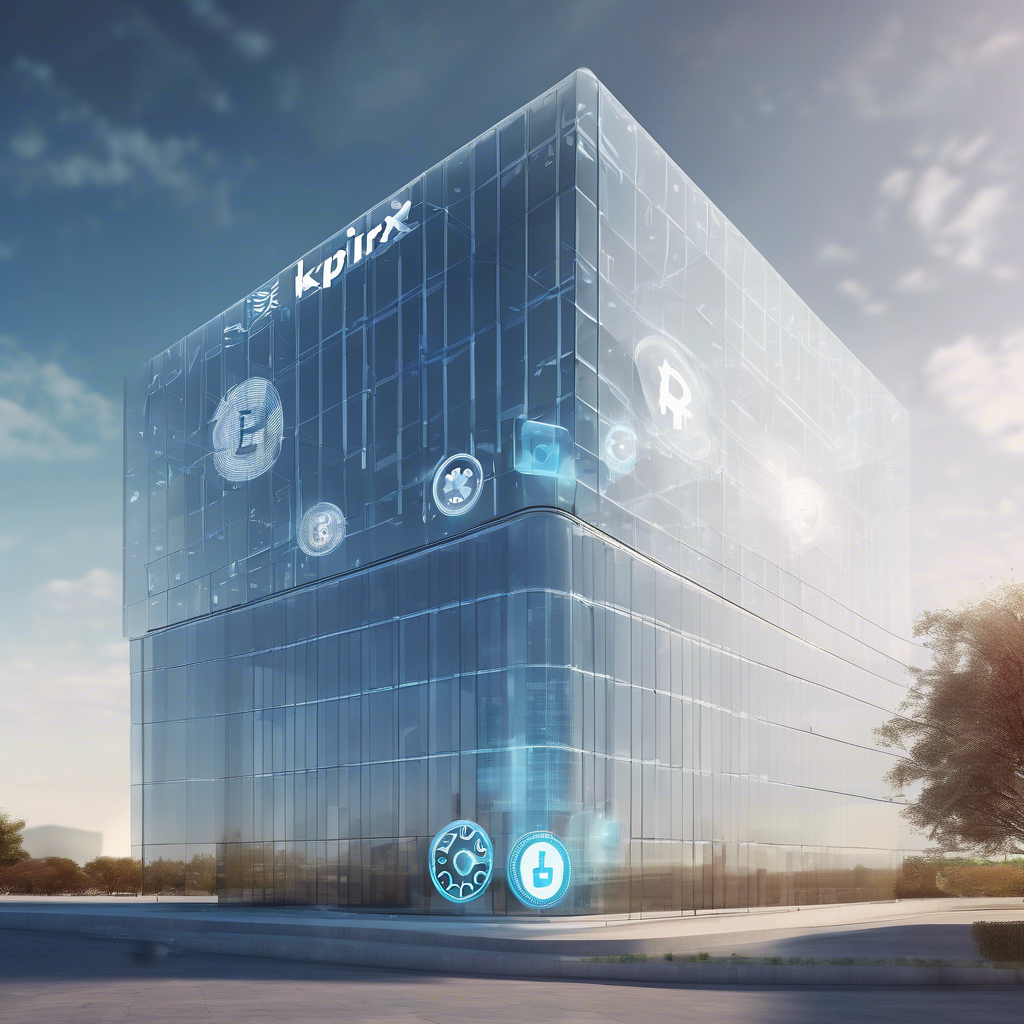Understanding the 51% Attack: Insights from Ethereum Classic

### Understanding the 51% Attack in Blockchain: A Look at Ethereum Classic Let’s delve into the concept of 51% attacks, using the notable case of Ethereum Classic (ETC) as our focal point. A 51% attack occurs when an individual or group gains control of over half of a blockchain's mining power, enabling them to manipulate the network. This manipulation can include reversing transactions and committing double-spending fraud, akin to a digital heist where attackers can spend crypto, erase the transaction, and spend it again. #### Ethereum Classic: Background Ethereum Classic originated from a division in the Ethereum community after the 2016 DAO hack. While Ethereum underwent a hard fork to address the hack, a segment of the community preserved the original chain to uphold the concept of immutability, resulting in Ethereum Classic. #### Ethereum Classic's Vulnerabilities: The 2019 Attacks In 2019, Ethereum Classic faced multiple 51% attacks that significantly threatened its blockchain integrity. Attackers with substantial mining power restructured blocks and executed double-spending, eroding trust in the network. These incidents highlighted the vulnerabilities inherent to proof-of-work blockchains against concentrated mining power. #### Mechanics of the Attack In a proof-of-work system, miners compete to solve cryptographic puzzles to add blocks to the blockchain. When a miner gains over 50% of the network's hashing power, they can influence which blocks get added and create a private fork to reverse transactions.
By broadcasting this longer chain, they can validate their altered history, effectively allowing for double-spending. The attacks on ETC served as a critical alert, revealing weaknesses that needed addressing. In response, the ETC community increased transaction confirmation times and improved security protocols, ensuring more confirmations for transactions and fostering more decentralized mining to combat centralization's risks. #### Wider Implications for Blockchain Security The Ethereum Classic incidents are indicative of broader security challenges faced by any proof-of-work blockchain, especially those with lower hashing power. This emphasizes the necessity for ongoing security innovations, exploring alternative consensus mechanisms like proof-of-stake, and promoting decentralized practices to safeguard blockchain networks. #### Staying Informed and Vigilant For crypto enthusiasts, remaining informed is vital. Understanding the risks of different blockchains and supporting security-focused projects can make a meaningful difference. Active participation in discussions around best practices can help protect the integrity of the blockchain ecosystem. #### Conclusion While blockchain presents extraordinary possibilities, its security cannot be overlooked. The 51% attacks on Ethereum Classic reveal the importance of vigilance, community involvement, and proactive measures to maintain decentralized network integrity.
Brief news summary
**Understanding 51% Attacks in Blockchain: A Summary** A 51% attack occurs when an individual or group controls over half of a blockchain's mining power, enabling them to manipulate transactions, reverse payments, and double-spend. This vulnerability was highlighted in 2019 during attacks on Ethereum Classic (ETC), which experienced serious integrity issues after its separation from Ethereum. Attackers reorganized blocks, leading to significant financial losses and reduced trust in the network. In proof-of-work systems, miners compete to add blocks through complex calculations. When an attacker holds more than 50% of the hashing power, they can alter the blockchain and invalidate past transactions. To address these threats, the ETC community has enhanced its security by increasing transaction confirmation times and fostering greater decentralization in mining practices. These incidents expose the vulnerabilities inherent in proof-of-work blockchains, emphasizing the need to investigate more secure consensus mechanisms like proof-of-stake. Ongoing innovation and community engagement are crucial for enhancing blockchain security and ensuring the integrity of decentralized networks, encouraging cryptocurrency enthusiasts to stay informed in this rapidly evolving landscape.
AI-powered Lead Generation in Social Media
and Search Engines
Let AI take control and automatically generate leads for you!

I'm your Content Manager, ready to handle your first test assignment
Learn how AI can help your business.
Let’s talk!
Hot news

Apple's AI Executive Joins Meta's Superintelligen…
Ruoming Pang, a senior executive at Apple who heads the company’s artificial intelligence foundation models team, is departing the tech giant to join Meta Platforms, according to Bloomberg News reports.

Ripple Applies for U.S. Banking License Amidst Cr…
Ripple has recently submitted an application for a Federal Reserve master account through its newly acquired trust company, Standard Custody.

AI in Autonomous Vehicles: Overcoming Safety Chal…
Engineers and developers are intensively working to resolve safety issues related to AI-driven autonomous vehicles, especially in response to recent incidents that have sparked widespread debate on the reliability and security of this evolving technology.

SAP Integrates Blockchain for ESG Reporting in ER…
SAP, a global leader in enterprise software, has announced a crucial enhancement to its enterprise resource planning (ERP) systems by integrating blockchain-based Environmental, Social, and Governance (ESG) reporting tools.

Middle Managers Diminish as AI Adoption Increases
As artificial intelligence (AI) rapidly advances, its influence on organizational structures—especially middle management—is becoming increasingly clear.

The Blockchain Group Bolsters Bitcoin Reserves Wi…
The Blockchain Group Strengthens Bitcoin Holdings Through $12

Kinexys Launches Carbon Market Blockchain Tokeniz…
Kinexys by J.P. Morgan, the firm’s leading blockchain business unit, is developing an innovative blockchain application on Kinexys Digital Assets, its multi-asset tokenization platform, aimed at tokenizing global carbon credits at the registry level.

 Auto-Filling SEO Website as a Gift
Auto-Filling SEO Website as a Gift








 Auto-Filling SEO Website as a Gift
Auto-Filling SEO Website as a Gift

